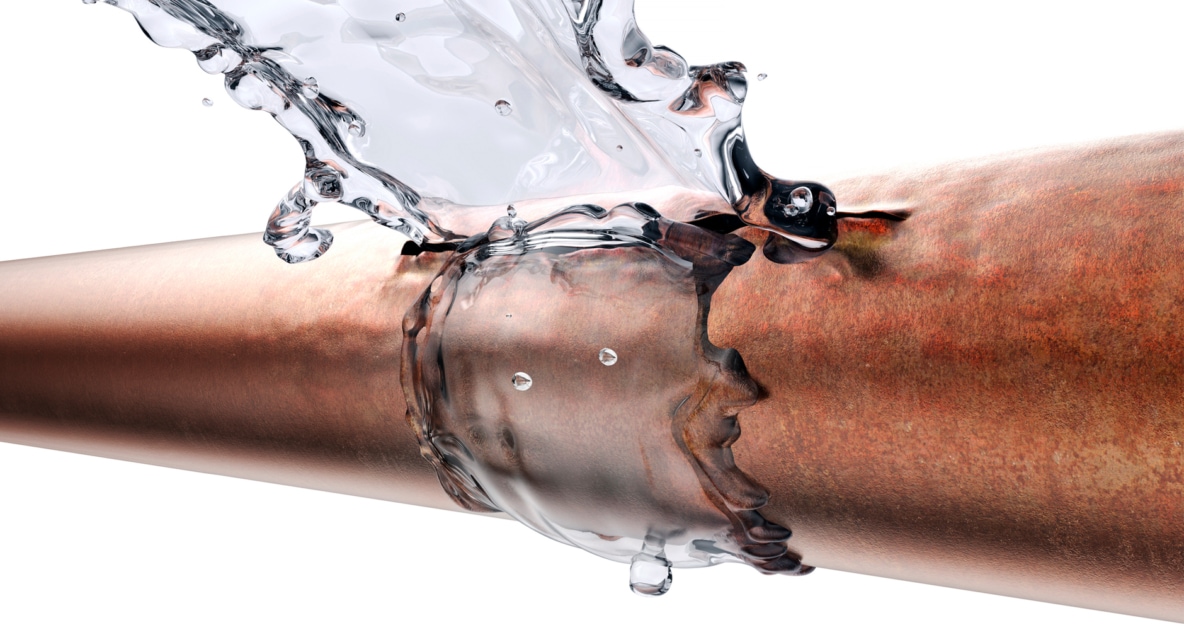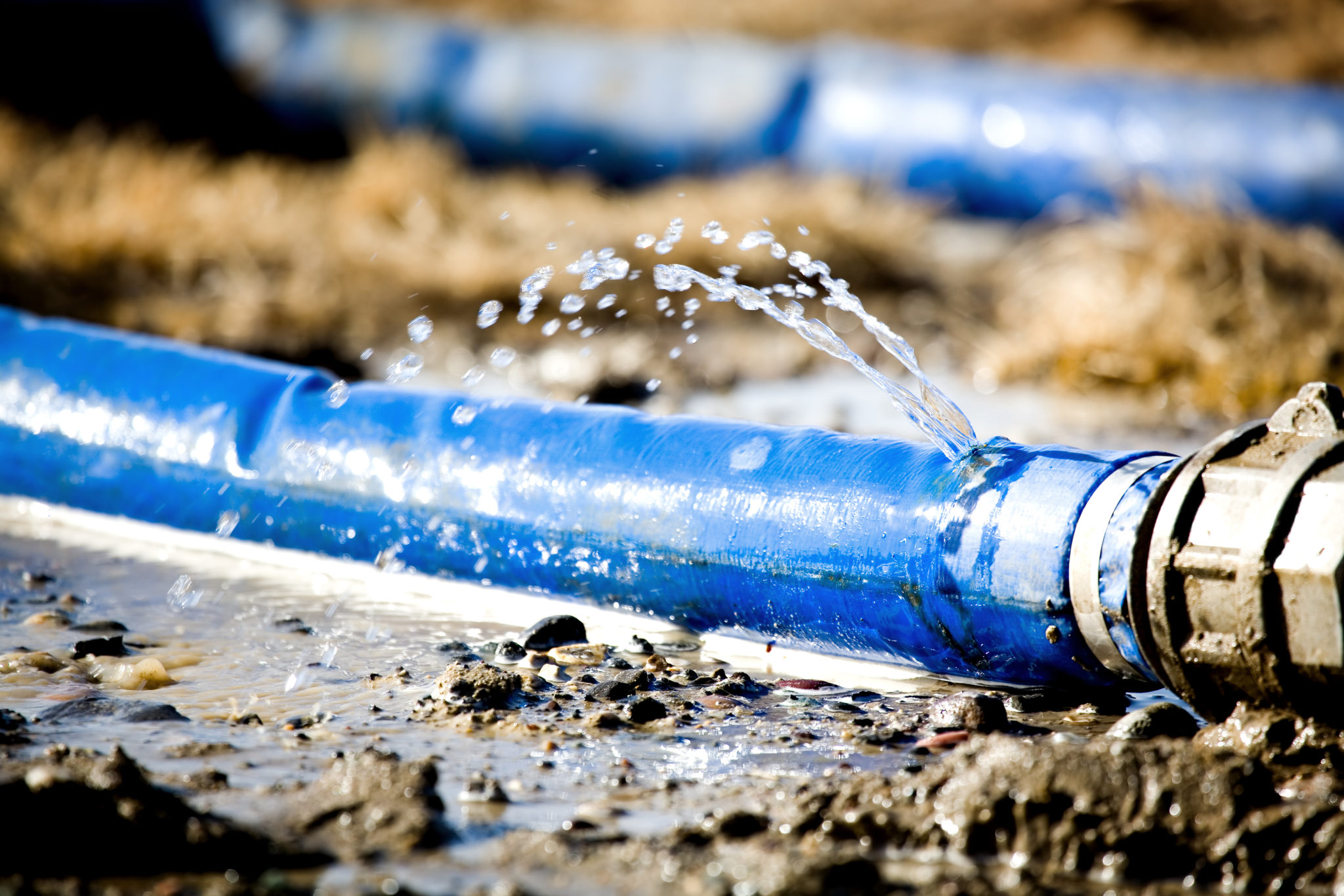Stop the Flood: Methods for Identifying and Fixing Ruptured Pipes
Stop the Flood: Methods for Identifying and Fixing Ruptured Pipes
Blog Article
Were you interested in information concerning What to Know Before Installing a Dishwasher?

A burst pipeline is a major emergency; you can only stand as you view water you pay a lot to rejoin with the planet. In worse cases, you discover a pool on your cooking area flooring, which is a wonderful journey hazard, particularly if you have children around. If the pipe that ruptured remained in your walls, problem: you might require to repaint that entire area.
Just how can a calamity like a burst pipe be stopped as well as taken care of? Well, by paying attention to your specialist emergency plumbers and following these rules.
How do I recognize when my pipelines have burst?
Varying water pressures
Pipes do not just burst in a day. You may have observed that your cooking area tap or shower does not run promptly when you turn the tap. It might pause for a few seconds and then blast you with even more pressure than typical.
In various other instances, the water might seem normal at first, then drop in pressure after a few secs.
Damp wall surfaces as well as water spots
Before a pipe bursts, it will leakage, a lot of times. If this consistent leaking goes unnoticed, the leak may graduate into a wide wound in your pipe. One easy way to avoid this emergency is to look out for wet wall surfaces ad water spots. These water stains will lead you right to the leakage.
Puddles under pipelines and also sinks
When a pipeline ruptureds, the outflow forms a pool. It may appear that the pool is growing in size, and no matter how many times you mop the puddle, in a few minutes, there's an additional one waiting to be cleaned. Typically, you might not be able to trace the puddle to any noticeable pipelines. This is an indicator to call an expert plumber.
Untraceable dripping sounds
Pipeline bursts can happen in the most unpleasant areas, like within concrete, inside wall surfaces, or under sinks. When your home goes silent, you may have the ability to listen to an aggravatingly consistent dripping noise. Also after you have actually inspected your shower head and cooking area faucet, the leaking might proceed.
Precious reader, the trickling might be coming from a pipe inside your wall surfaces. There isn't much you can do regarding that, except inform a specialist plumber.
Turn off the Water
When water freezes, it increases in quantity by about 9 percent. And it increases with incredible force: The stress inside pipelines might go from 40 pounds per square inch to 40,000 psi! No pipe can hold that much stress, so it breaks open. The break may take place where the ice types, but regularly, it happens where water stress discovers a weak spot in the pipeline. That might be inches or even feet from the icy area. Find the water shutoff valve and also turn off the water to stop even more damage. You may also require to turn off the electrical power also, depending on where the leakages occurs and also how large it is.
Polluted water
Many individuals presume a burst pipeline is a one-way outlet. Rather the contrary. As water flows out of the hole or tear in your plumbing system, contaminants locate their way in.
Your water might be contaminated from the resource, so if you can, check if your water container has any issues. However, if your alcohol consumption water is supplied as well as detoxified by the city government, you need to call your plumber right away if you see or scent anything funny in your water.
What do I do when I identify a ruptured pipe?
Your water meter will certainly remain to run even while your water wastes. To decrease your losses, find the primary controls and turn the supply off. The water pipe are an above-ground structure at the edge of your property.
How to Fix & Detect a Leaking Pipe
How Do I Know if a Pipe is Leaking?
Leak detection tests can help you determine if your pipe has a leak. Even if you don’t see an apparent leak, you should still conduct leak detection tests regularly to save water and money—and prevent major damage to your home.
Water meter. It can be helpful to figure out what your usual water meter usage numbers are and then monitor them regularly. To monitor your meter, first, turn off all water faucets in your home. Check the meter and write down the numbers. In a few hours, check the meter again. If the numbers have changed, you have a leak. Water gauge. Use a water gauge to test your water pressure. Your showerhead should produce a certain amount of water pressure based on its model and design. If the pressure is lower than it is supposed to be for that specific showerhead, your home likely has a leak. Puddles. Look inside your bathroom, laundry, and kitchen sink cabinets. Puddles around the cabinets or around toilets, tubs, showers, and washing machines indicate the presence of a leaking pipe. You may also notice loose tiles, peeling or flaking paint, or mold caused by water accumulation. Napkin test. Even if you don’t see any puddles, you may still have a leak. You can test for water leaks in the bathroom, laundry, and kitchen by wiping below-sink connections with a napkin, paper towel, or piece of toilet paper. If it becomes damp, you probably have a leaking pipe under the sink. Discolored walls. Walls that are discolored—usually with brown or yellow stains—or bulging might mean that they have been impacted by water damage caused by a leaking pipe. Smell. A leaky pipe will create sitting water, and over time, that water may develop a musty smell. If your home smells musty, but you can’t locate the source, it may be due to a leak. Steps for Fixing a Leaking Pipe
A leaky drain can be remedied by tightening the pipe base, replacing the drain seal, caulking the rim, and tightening the pipe nut. Similarly, a leaking toilet pipe can be treated by tightening the packing nut. You may also need to replace the valve. A leaky faucet may just need tightening or replacement of the washers. If that doesn’t work, consider replacing your faucet. If your pipe has a hole in it, you may want to use a pipe leak sealer or pipe leak tape. This quick fix for water pipe leaks can also temporarily fix a copper pipe leak. https://www.ahs.com/home-matters/quick-tips/how-to-tell-if-pipes-are-leaking/

I was shown that write-up on How to Prepare for Your Dishwasher Installation through an associate on another site. Are you aware of another individual who is truly interested in the niche? Be sure promote it. I praise you for your time. Come back soon.
Visit Link
Report this page